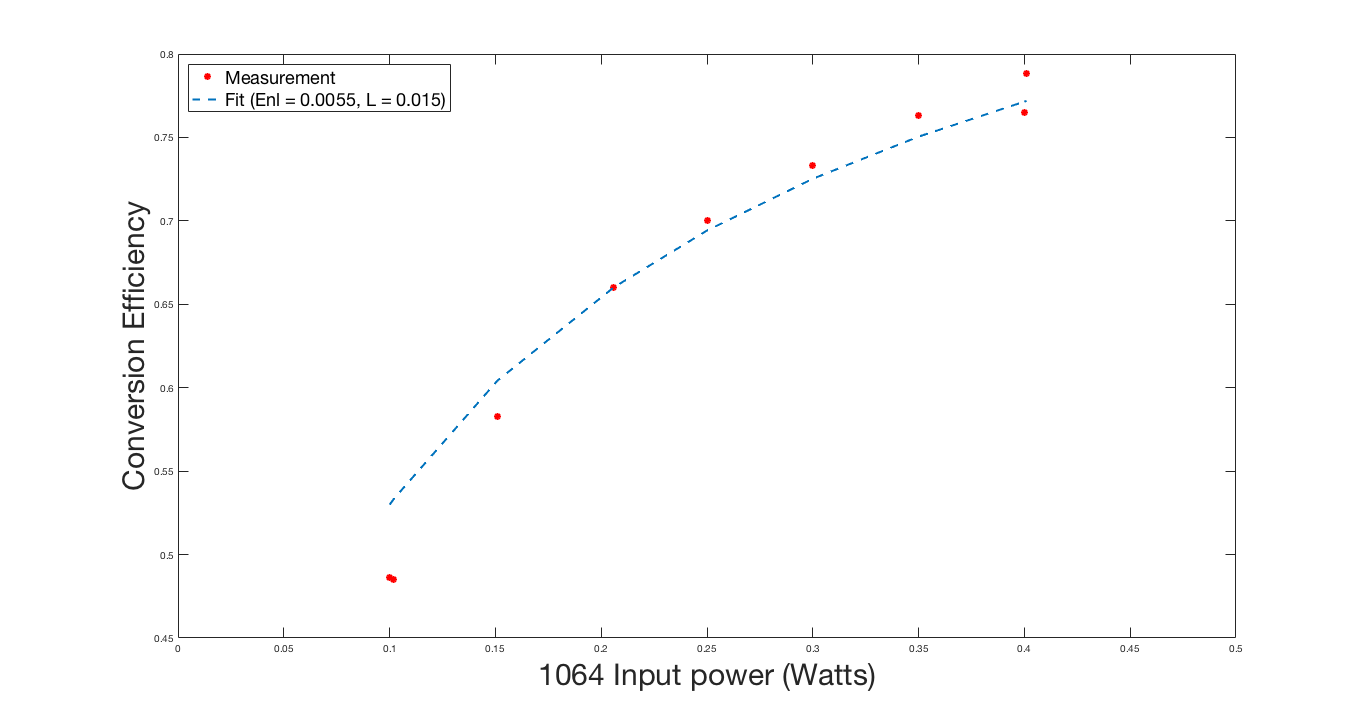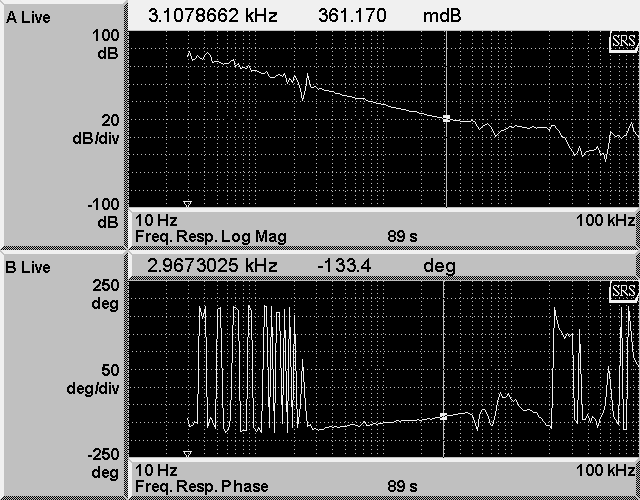Keita, Cheryl, Jenne, TVo
- After getting the beam onto HAM6, Keita suggested optimizing the beam position on SR2 and SR3. The difficulty with trying to use the cameras to align the beam to the center of SR2 is the key hole scraper baffle makes it difficult to figure out which beam (input or reflection) you're actually seeing scatter off the edges. Not only that, the bright spots that we do see scatter don't seem to move linearly with SR3 pitch/yaw, this is very odd.
- Cheryl found a good pointing of BS and PR3 to center on SR3, but that changes the input beam into the Michelson. Also, by changing the SR2 alignment, she was able to sweep the SRM reflection across SR2.
- I found a better alignment through the Faraday that gives us approximately 10 mW single bounce onto AS_C (somewhat calibrated?), which approximately matches our back of the envelope power budget with input power of 5.9 Watts from the PSL, by sweeping SRM around, I was able to get a small SRCX and SRCY flash.
Rough plan for tomorrow:
Somehow we have to make the three points above converge to a decently aligned DRMI.
Since we've already done a lot of work aligning PRC and Mich in the past week or so, it might be worth it to preserve the PRC alignment by walking the beam around SR3 to find its center point. This could possibly be done by changing the beamsplitter and ITM alignments to sweep the face of SR3, while maintain the LSC_POP relatively steady in value. Mich will be flashing so it might be a little tedious to tell if you're improving but it's doable.
At the same time, since we've got a AS_C signal, we can try to maintain a signal by changing SR3+SR2 alignment, so we don't have to try to find the beam when going into HAM6.
Then, per Keita's suggestion, we can enter HAM6 sweep around the combination of SR3 and SR2 pointing so that we find the edges of the baffles+Faraday and find the middle of the clipping, this might be as good as we can get with SR2 centering.


























